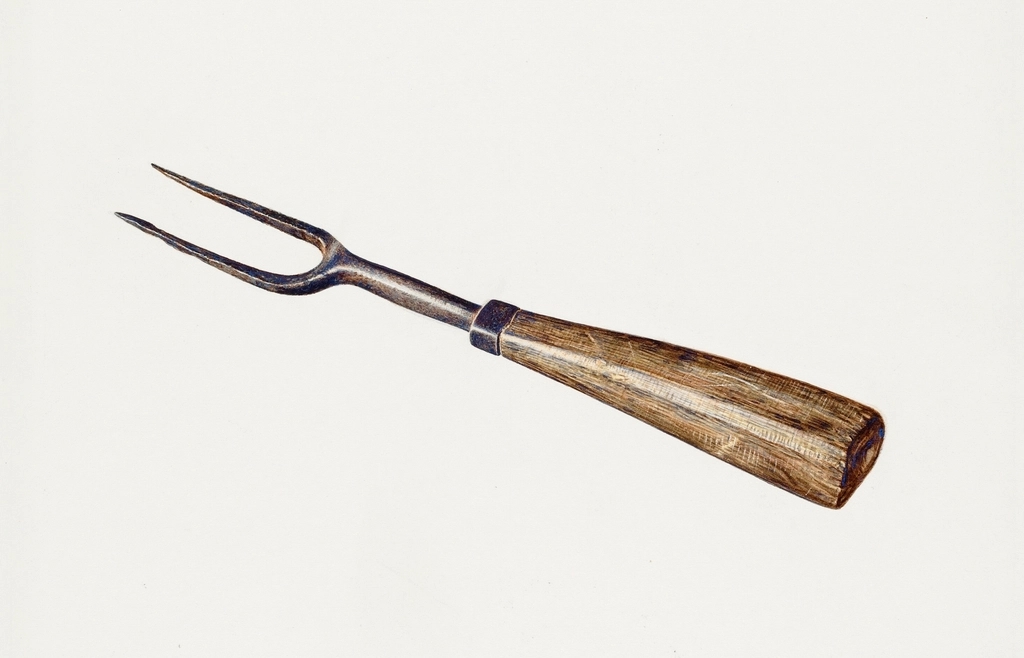Magali Hennion from the Institute of Biology of the Ecole Normale Superieure in France presented at London Calling 2019 on “Mapping DNA replication using nanopore sequencing.” DNA replication in eukaryotes starts from multiple origins, and the fork progresses with variable speeds. Hennion explained that replication is important in understanding tumorigenesis. Single-molecule approaches are needed to detect rare events. Typically, visualizing DNA replication is time-consuming and low throughput. Hennion and the team want to use nanopore sequencing to replace the analog system. BrdU did modify the current at many thymidine positions and had little effect on adjacent positions. Hennion used Albacore for base calling and Tombo to align the currents on the reference. Then, they used recurrent neural networks to analyze the signals. A second approach used transition matrices. The two methods produced similar results. Hennion explained that they generated information about the replication fork directionality. Hennion also noted that the quality of the library prep is very important to detect replication initiation events. They concluded that BrdU incorporation in vivo can be reliably detected by nanopore sequencing and enable detection of the orientation of single replication forks. Importantly, individual initiation events can be detected. I don’t fully understand the methods yet appreciate the impact this protocol will have on studies.



